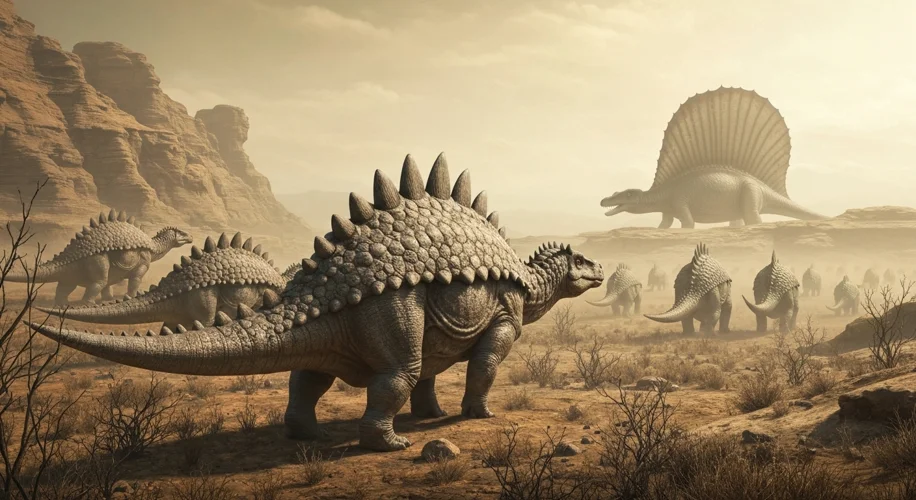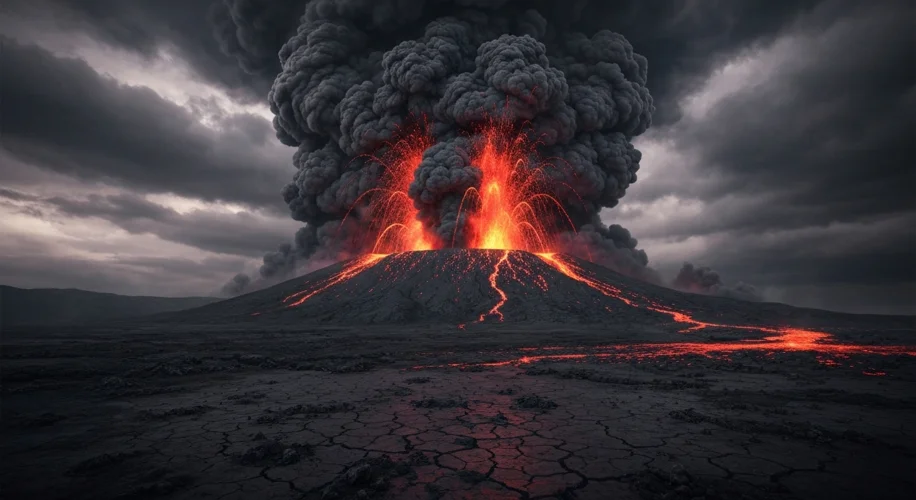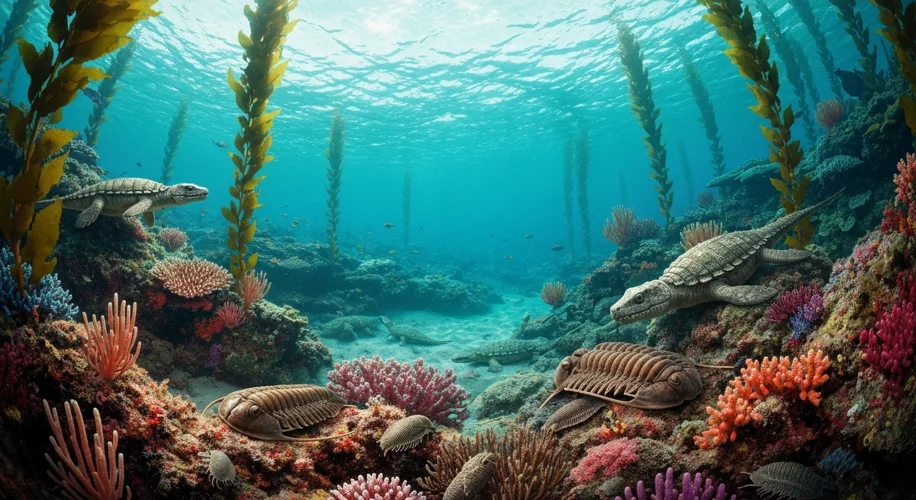The Earth, our vibrant home, has a history punctuated by catastrophic events, moments when life itself teetered on the brink. These cataclysms, known as mass extinctions, have reshaped the planet’s biosphere, wiping the slate clean for new forms of life to emerge. Today, thanks to groundbreaking fossil discoveries, we are getting an unprecedented, intimate look at the complex, astonishing organisms that thrived just before one of the most devastating of these events – the Permian-Triassic extinction, often called the “Great Dying.”
Imagine a world over 250 million years ago, a time when the continents were not yet the familiar shapes we know, but instead merged into a colossal supercontinent called Pangaea. The air was different, the seas teemed with a bewildering array of life, and the land was dominated by creatures that seem like figments of a fantastical dream. It was a world on the cusp of a radical transformation, a vibrant tapestry about to be torn asunder.
For eons, life had evolved, adapted, and diversified. In the oceans, bizarre and wonderful creatures swam. Consider the scutosaurus, a reptile resembling a tank, covered in bony plates and spikes, a living fortress designed to withstand the predators of its time. These were not solitary beasts; they likely roamed in herds, their formidable armor a deterrent to even the largest carnivores. Then there were the synapsids, often referred to as “mammal-like reptiles,” precursors to our modern mammals. One remarkable example is Dimetrodon, easily recognizable by its enormous sail-like structure on its back. Scientists debate its exact function – perhaps for thermoregulation, attracting mates, or intimidation – but its sheer presence speaks to the alien beauty of this bygone era.

The Permian period, leading up to the extinction, was a time of great biological innovation. The oceans were dominated by unique groups of invertebrates. Shelled creatures like trilobites, arthropods that had already survived several extinction events, continued to thrive in diverse forms. Alongside them were fusulinids, single-celled organisms with intricate spiral shells, which formed massive reefs in shallow seas, creating complex underwater ecosystems. These ancient marine environments were rich with diversity, a stark contrast to the desolation that would soon follow.
On land, flora was undergoing its own evolutionary drama. Vast forests of tree ferns and conifers dominated the landscape, providing habitat and sustenance for a variety of terrestrial life. The air was likely richer in oxygen than it is today, supporting larger, more robust animals.
Then, the clock struck midnight for this ancient world. The Permian-Triassic extinction event, commencing around 252 million years ago, was not a singular, swift disaster, but a series of catastrophic environmental changes, overwhelmingly attributed to massive volcanic activity in the Siberian Traps. These eruptions released colossal amounts of greenhouse gases into the atmosphere, leading to rapid global warming, ocean acidification, and a depletion of oxygen in the seas. The consequences were apocalyptic.

The “Great Dying” saw an estimated 96% of marine species and 70% of terrestrial vertebrate species vanish. Entire lineages were extinguished. The trilobites, survivors of ancient epochs, were among the final casualties. The magnificent synapsids, including Dimetrodon, were largely wiped out, paving the way for the rise of the archosaurs, the group that would eventually give rise to the dinosaurs.
But the story isn’t just one of loss. The fossils unearthed from the rock layers immediately preceding this extinction tell tales of resilience, of life adapting to the edge of oblivion. They reveal organisms that, while ultimately doomed, displayed incredible evolutionary creativity. The sheer variety of life forms, many with specialized adaptations, highlights the intricate web of existence that had been woven over millions of years. These creatures, though now extinct, offer invaluable insights into the processes of evolution and extinction.
Studying these pre-cataclysmic life forms is crucial for understanding Earth’s deep past and, perhaps, for preparing for its future. By analyzing the fossil record, scientists can identify the warning signs of environmental collapse and the biological vulnerabilities that species face. The lessons learned from the Permian-Triassic extinction, from the creatures that perished and those that, against all odds, managed to survive and repopulate the Triassic world, are a potent reminder of life’s tenacity and the profound impact of environmental change.
These fossil discoveries are more than just rocks with imprints; they are windows into a lost world, whispering secrets of life’s grand, often perilous, journey. They remind us that even in the face of unimaginable destruction, life finds a way, adapting, evolving, and ultimately, continuing its ancient, mysterious dance.

